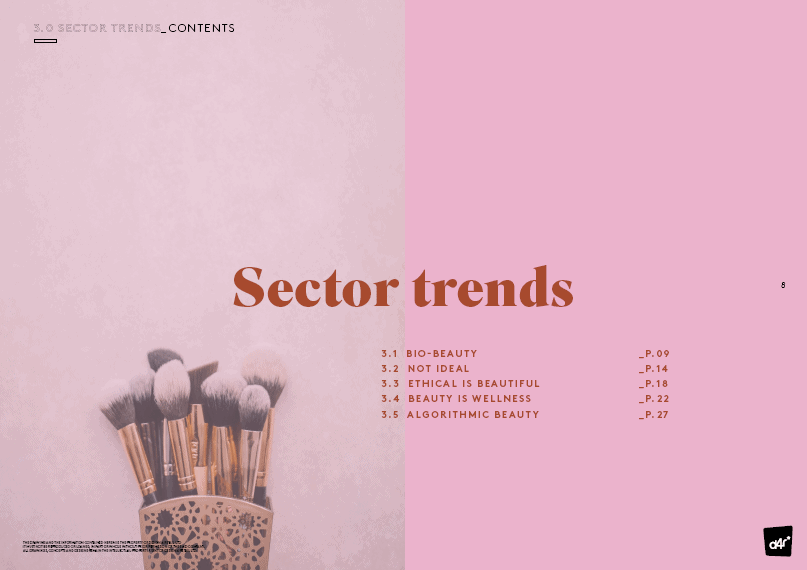#2 YOU NEED TO KNOW YOUR BRAND
(BEFORE YOU CAN APPLY IT TO YOUR STORE)
All successful brands have at least one signature move or unique selling point (USP). Christian Louboutin is renowned for its scarlet red, Starbucks for its baristas spelling our names wrong, Gentle Monster for its out-there art installations and theatrical store aesthetics… So whilst it’s important to be agile and react to the latest trends, brands need to be careful not to do so at all costs. Stray too far from the brand and retail strategy that got you where you are today, and your brand’s identity could be lost – along with your customer following.
Many brands find creating a set of brand guidelines and a retail toolkit helpful when it comes to remaining agile and up-to-date with an evolving market whilst ensuring not to compromise on their brand identity, including their core set of values that make up its foundations. It is also not uncommon for brands to apply their signature to their permanent bricks-and-mortar stores, whilst using temporary retail concessions, such as pop-up shops, or temporary ‘store-takeover’ style marketing campaigns to demonstrate awareness, agility and connection.
A great example of this is when Harrods displayed nothing but a rainbow in its windows throughout the pandemic as part of a campaign that would communicate the luxury retailer’s solidarity with the local community and act as a symbol of hope for better days ahead.
SUGGESTED Could your brand benefit from having a set of brand guidelines and a retail toolkit to ensure that your bricks-and-mortar store remains reflective of your brand’s identity? Get in touch to create a brand guidelines’ document and retail toolkit with Design4Retail









